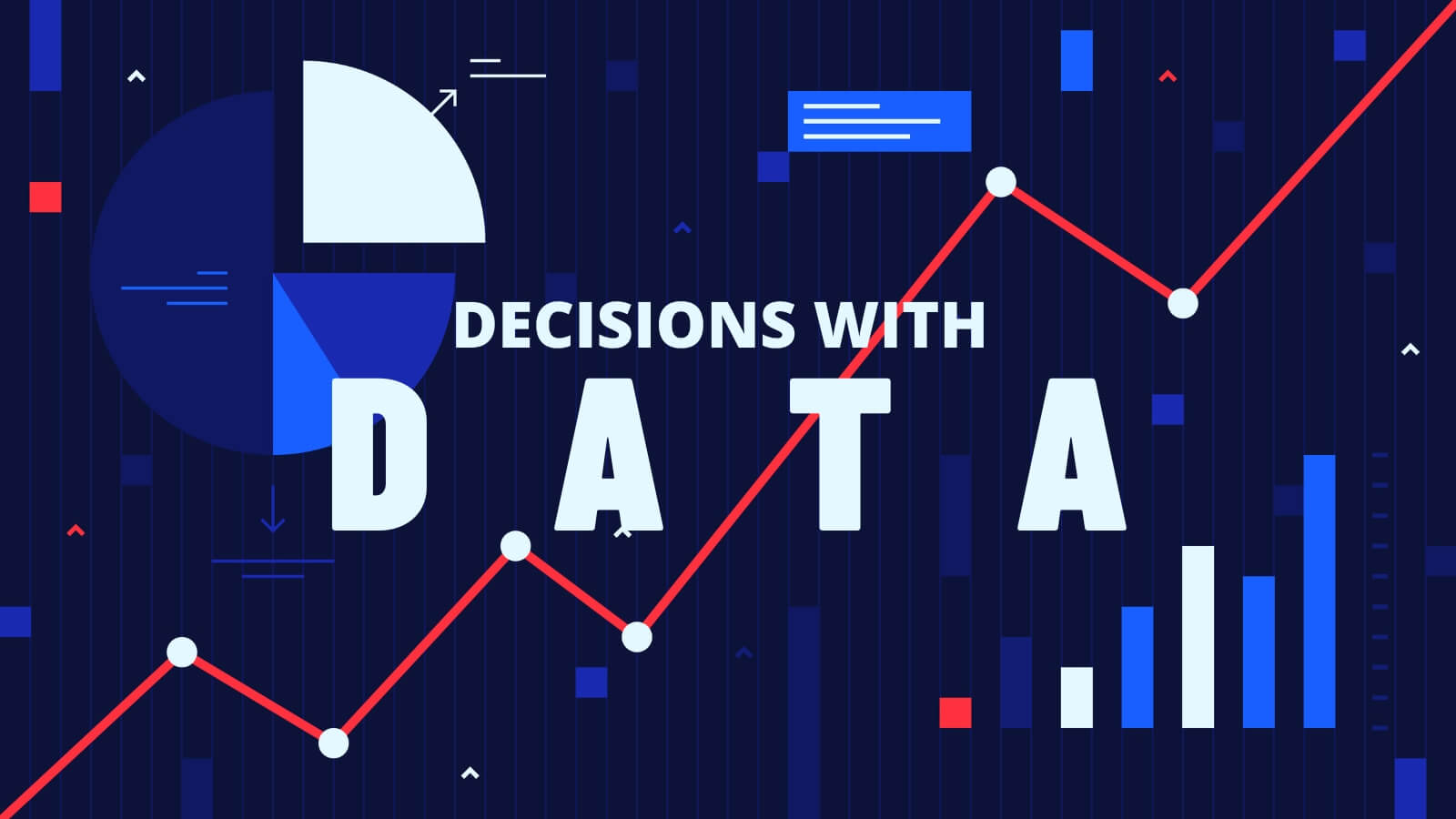The Role Of Statistics In Decision-Making And Its Benefits For Students

The world today is filled with data. But how do we make sense of all this information? That’s where statistics come in!
Statistics is all about analysing, interpreting, and using data to make smart decisions. It’s not just for grown-ups in fancy offices; it’s a game-changer for students of all ages. Statistics can also help students make better choices and bring tons of benefits to their school life and beyond.
Why learning Statistics is Important
Understanding statistics is about more than just memorising formulas and doing calculations. Data often tells a story, and statistics help uncover hidden patterns and trends within numerical information. This is crucial for understanding complex concepts in different subjects, like spotting historical patterns in social studies or identifying trends in scientific experiments.
Statistics gives you the tools to interpret data, draw logical conclusions, and back up your findings with evidence. It helps you think critically and avoid making assumptions.
Life is full of uncertainties. By analysing data and calculating probabilities, you can make well-informed decisions, whether it’s choosing between extracurricular activities or planning your study schedule.
Visualising data is a key part of statistics. You learn to present your conclusions clearly and persuasively using charts, graphs, and other visual aids. This skill is not only useful in top schools in Pune but also in future jobs, where effective communication is essential.
The perks of learning statistics go well beyond the classroom. It helps students develop a data-driven perspective and become well-rounded individuals. Here’s how knowledge of statistics benefits students at different educational levels.
Elementary School
Statistics can be introduced in a fun way at the elementary level. For example, kids could create bar graphs to compare their favourite fruits or favourite meals, sparking an early interest in data analysis.
Middle School
They can use it to understand historical data in social studies, interpret scientific research in science class, or analyse survey results in language arts.
High School
In high school, statistics becomes a specialised subject, teaching students advanced data analysis techniques. It prepares them for college-level coursework, especially in science, business, and social sciences. Also, understanding statistics can give them a significant advantage when taking standardised tests like the SAT and NEET, where interpreting data plays a crucial role.
Stats aren’t just about numbers on a page; it’s about using knowledge in real-life situations. Students can use statistical skills in a variety of ways. They can use stats to plan a great project such as setting up a school fundraiser.
Additionally, stats can be used to examine past study habits and exam results, helping students make informed decisions about their study strategies and resource allocation. In a world full of advertising, stats empower students to analyse data presented in marketing campaigns. This allows them to spot potential biases and make informed decisions about products and services.
Moreover, statistical knowledge equips students to contribute to real-world research efforts. Many scientific research projects rely on citizen participation, and students with statistical skills can make meaningful contributions to these initiatives.
Here are some engaging and practical ways to integrate statistics into children’s education.
You can start by connecting statistics to everyday activities. For example, while planning a field trip, you can research weather patterns using charts, or during grocery shopping, make a note of your buying habits and create a budget pie chart. These activities make statistics relatable and help students see its real-world applications.
Another approach is to integrate technology into learning. Educational apps and online tools can make data visualisation fun and interactive. Exploring options designed for different age groups allows children to create charts and graphs while learning core statistical concepts.
Lastly, finding children’s books that introduce statistics in a fun and relatable way can be beneficial. Look for stories that use data visualisation or involve characters solving problems with statistics. These books can spark curiosity and make learning engaging.
Learning statistics can also be a fun family affair. Try the following ways to make learning statistics a basic concept interesting for your child.
Board Games
Take classic board games like Monopoly and mix things up with new scoring systems or data-driven challenges. It’s a fun way to introduce data collection and analysis.
Sports Chatter
When you are watching a game, chat about batting averages or player stats to show how statistics are used to compare players and analyse team performance.
Real-world Examples
Bring up how statistics are used in news reports and weather forecasts, like analysing election vote percentages or understanding weather forecast probabilities. This helps connect statistics to everyday life.
Focus on Skills, Not Formulas
Instead of bombarding kids with complicated terms, focus on teaching them how to ask questions, gather data, organise it, and make conclusions. You can help develop these critical thinking skills through storytelling, games, and everyday activities. These skills will help them analyse information effectively in any situation.
By adding statistics to education, we help students go from just absorbing information to actively using data. They learn how to think critically, understand the world, make better choices, and play a part in a future driven by data. Statistics isn’t just another school subject; it’s a powerful tool that opens up endless opportunities, preparing students to succeed in a world that’s always changing.
